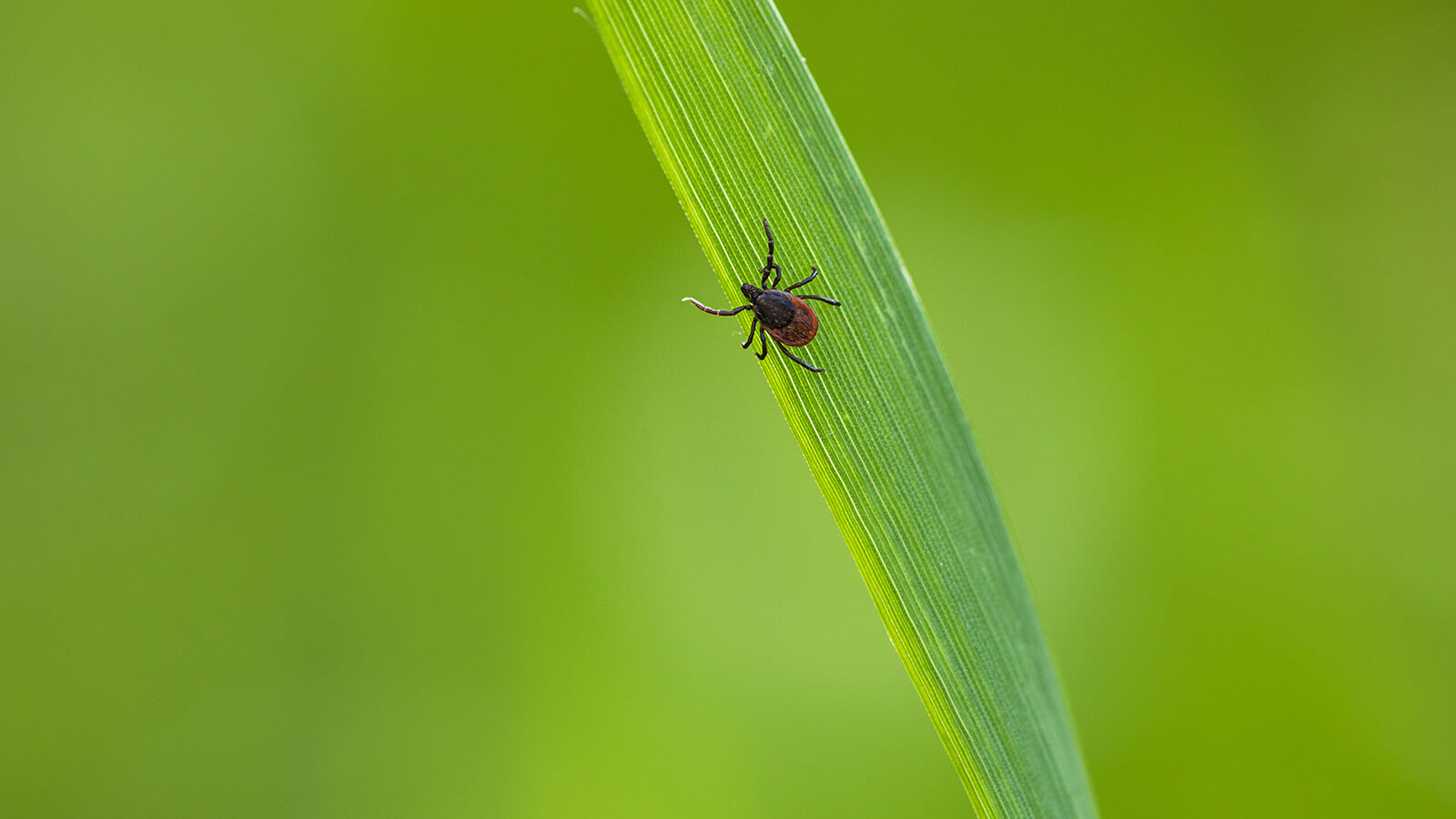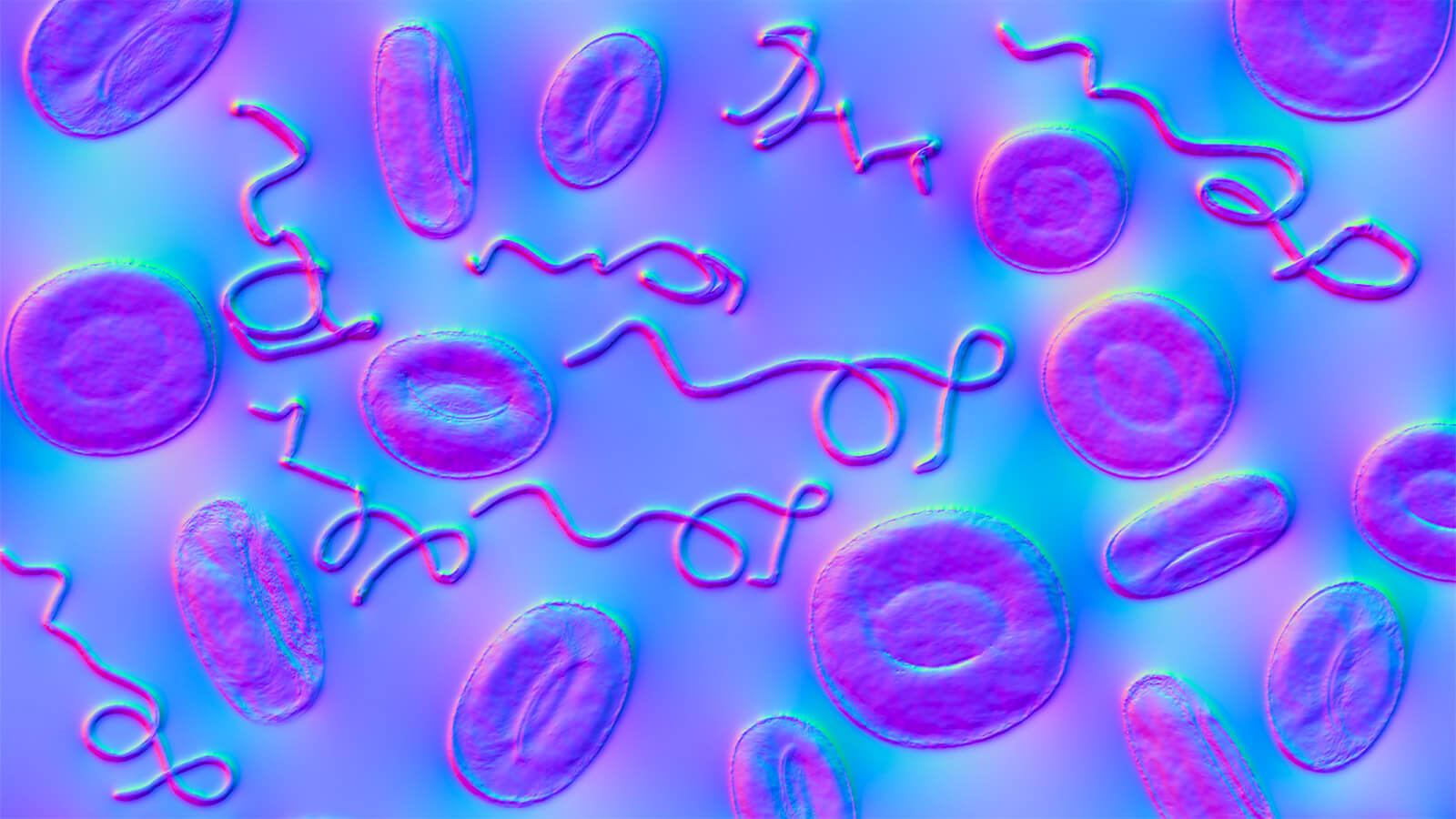
What is Lyme disease?
Lyme disease was first identified in 1976 in the Connecticut area of the United States, in children who were initially believed to be suffering from juvenile rheumatoid arthritis 1.
Five years later, Burgdorfer and his colleagues discovered a spirochetal bacterium, which was named Borrelia burgdorferi, in a nymphal tick known as Ixodes scapularis.
It was soon determined that this bacterium was the cause of early Lyme disease, thereby confirming the spirochetal etiology of the infection 2.

Therefore, Lyme borreliosis (Lyme disease) is caused by spirochetes of the Borrelia burgdorferi sensu lato complex, which are spread via ticks.
The one most frequently associated with spreading the illness in North America is Borrelia burgdorferi sensu stricto. In Europe, at least five Borrelia species (Borrelia afzelii, Borrelia garinii, Borrelia burgdorferi, Borrelia spielmanii, and Borrelia bavariensis) can cause the disease, resulting in a broader spectrum of possible clinical manifestations than in North America. Other species have been discovered, however they are not as dangerous as the preceding ones.
Borrelia aphthousis is the only known pathogen that causes the chronic skin condition acrodermatitis chronica atrophicans 3. Borrelia garinii is more commonly detected in cases of neuroborreliosis 4 and central nervous system diseases 5. Borrelia spielmanii has so far only been described as a cause of erythema migrans. The other species can apparently give rise to all clinical manifestations of borreliosis.
Bibliography
2. Zhang, Jing-Ren, and Steven J. Norris. "Genetic variation of the Borrelia burgdorferi gene vlsE involves cassette-specific, segmental gene conversion." Infection and immunity 66.8 (1998): 3698-3704.
3. Ohlenbusch, Andreas, et al. "Etiology of the acrodermatitis chronica atrophicans lesion in Lyme disease." Journal of Infectious Diseases 174.2 (1996): 421-423.
5. Eiffert, Helmut, et al. "Nondifferentiation between Lyme disease spirochetes from vector ticks and human cerebrospinal fluid." Journal of Infectious Diseases 171.2 (1995): 476-479.
One of Europe's Premier Lyme Disease Treatment Centers Operates at ImunoMedica Clinic
How can you become a patient of our clinic?
Throughout the whole process, from your initial contact, through treatment and after you leave our clinic, our patient coordinators will guide you through the steps and support you with all their expertise, attention and kindness.
*
We are here to help you
Our patient coordinator will contact you soon
Phone: +40.771.518.946, e-mail: office@imuno-medica.ro












